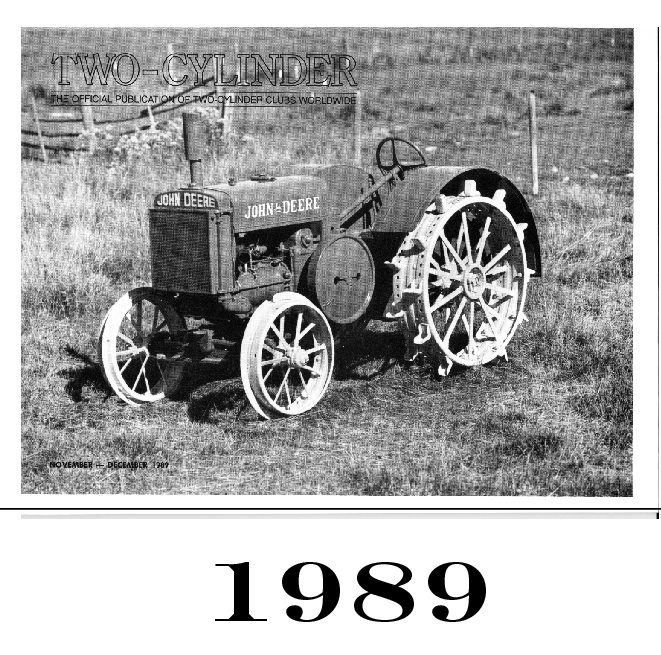
1989 Feature Issues — CD-ROM
December 2, 2018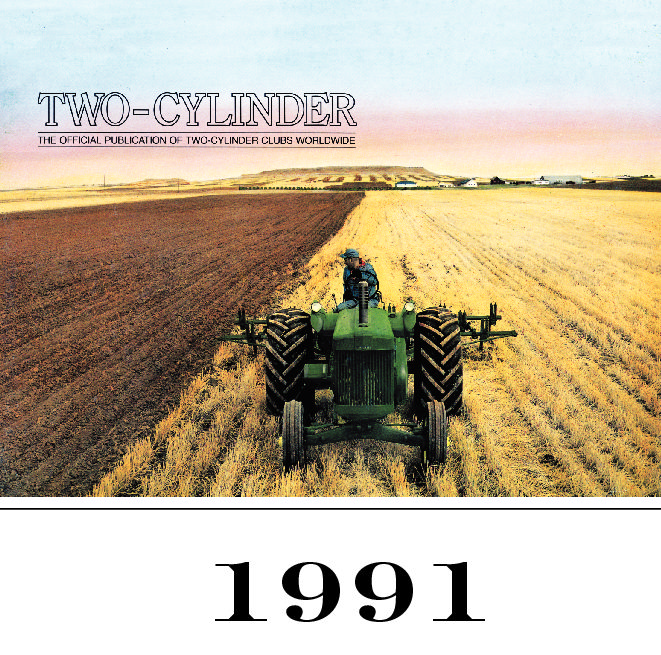
1991 Feature Issues — CD-ROM
December 2, 2018$14.95
The John Deere Model “430” Tractor
The John Deere Styled Model “L” Tractor
The John Deere Model “720” Tractor
(First Color Cover)
The John Deere Model “AI” Tractor and Expo II
(First Color Issue)
The John Deere 1930 “Exhibit B” Model “D” Tractor
The John Deere Model “50” Tractor
MODEL “430” TRACTOR: In 1947 a new tractor factory in Dubuque, Iowa, began operations. It had been built beginning shortly after the end of World War II, specifically to produce the Model “M”. The “M” was well accepted, and became the basis for a proliferation of many new models to be introduced over the next dozen or so years. Among these was the “430”, in all its variations, which was to be the largest, most feature-laden and along with its little brother “330”, the last of the two- cylinder models built by that factory.
The “430” was introduced, along with the rest of the “30” Series, in 1958. The series included the “330” and “430” of Dubuque, and the “530”, “630”, “730”, and “830” built in Waterloo, Iowa. Although not specifically included in the “30” Series, but generally accepted as part of the final chapter of the two-cylinder era, was the Dubuque “435” Diesel and the industrial “840” from Waterloo.
STYLED MODEL “L” TRACTOR: The styled Model “L” was built from August of 1938 to June of 1946. It was one of a series of tractors manufactured by John Deere in Moline, Illinois, from 1936 to 1946, beginning with the Model “Y”. The Model “62” followed the “Y” in 1937, and was then replaced by the Model “L” (unstyled) later that year.
MODEL “720” TRACTOR: More than a few members of the Two-Cylinder Club have said that they regard the “720” to be the best two-cylinder tractor ever produced by John Deere. But collectors who own a “730” will quickly point out the improvements their tractor has over a “720”, while those who own a “D” will remind everyone how it all started. Bring in the “A” and “B” collectors and you’ll have a debate that won’t be settled in our lifetime.
There’s no denying that the “720” was a major asset to the John Deere line. The Diesel version was tested at Nebraska in September of 1956, and accomplished more work per gallon of fuel than any tractor (wheel type or crawler) ever tested up to that time. In addition, it was the most powerful Diesel row-crop tractor ever tested. Correspondingly, the gasoline and LP-Gas versions were also the most powerful row-crop tractors of their engine type ever tested.
MODEL “AI” TRACTOR: Effective July 1, 1941: Decision No. 9900:
We will discontinue manufacture of the Industrial Tractor Models “AI”, “BI”, and “DI”, due to lack of demand and to save expense of making revisions similar to those recently made on the agricultural models: i.e. increased horsepower on the “AR” by Decision No. 9250, and styling on the Model “D” by Decision No. 8200.
This Decision, which came about a little over five years after the decision to put the Model “AI” into production, brought an end to a generally uneventful marketing venture, and assured a secure place for the “AI” on the “Most Wanted” list of the John Deere Tractor collector. In fact, the “AI” may be the rarest of all Models “As”.
1930 “EXHIBIT B” MODEL “D” TRACTOR: The “Exhibit A” and “Exhibit B” Tractors are among the rarest John Deere Tractors in existence, and can be easily passed by if the collector is not familiar with their identifying features. For example, an “Exhibit A” nearly slipped through a collector’s fingers for $125. He had owned it for years and was about to sell it. The 1989 issue of Two-Cylinder featuring these tractors alerted him, preventing a huge financial mistake. In another instance an “Exhibit B” was passed up for $100, only to be realized later. An error like that can ruin your whole day.
The “Exhibit B” Tractors were built during June and July of 1930.
MODEL “50” TRACTOR: After five years of service with the post-war Model “A” and “B” Tractors, John Deere had developed and tested a number of improvements. In 1951 it was determined that vastly revised tractors, still bearing the old designations, would be introduced in 1952 as 1953 models.
Decision Number 16000 was published October 12, 1951, and was to cover tractor changes in the Model “B” (including “BN” and “BW”). The decision is lengthy, but is provided below as it does an excellent job of comparing the features of the Model “50” with those of the late-styled “B”. The decision to change the model designation from “B” to “50” was published December 7, 1951, and has also been provided since the change from “Lettered” to “Numbered” Series Tractors is a significant event in John Deere history.
- Information-packed, educational, and entertaining Feature Articles; with photos and accuracy unmatched elsewhere!
- Each CD contains all of the Feature Articles for an ENTIRE YEAR, and is enclosed in its own unique sleeve!
- Searchable PDF format! What does that mean? You’ll be able to easily locate specific subjects in the article, “zoom-in” on photos (in color and b/w), and print off any part (or the entire article) for your personal use.
CD-ROMS are for COMPUTER-USE ONLY and WILL NOT PLAY on traditional television or radio entertainment systems!!! Opened CDs are not eligible for refund or return. Computer System Operating Requirements: Adobe Reader 8.1.3 • Adobe Reader 9 • Windows Vista • Windows XP • Windows 2000 SP4 and higher • Mac Intel/PowerPC 10.4.11 – 10.5.6 • Mac Intel 10.4.4 – 10.4.10 • Mac PowerPC 10.4.3 – 10.4.10, and higher

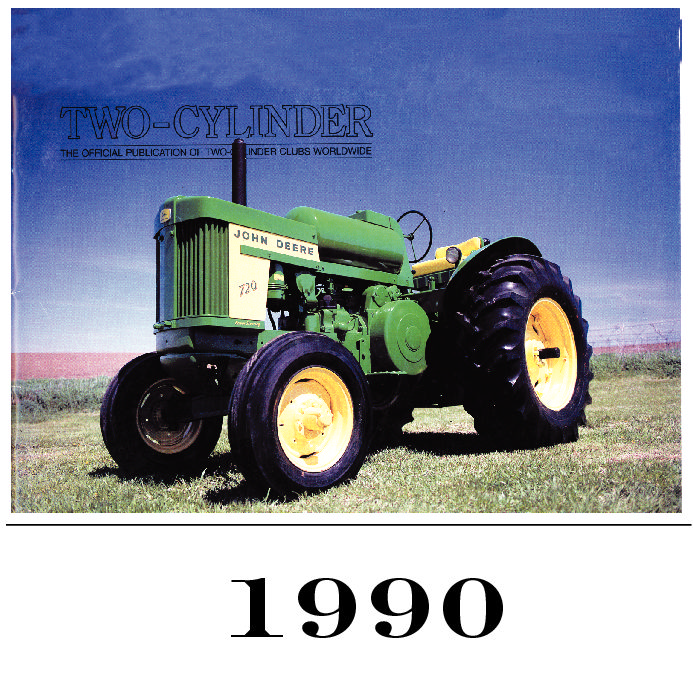
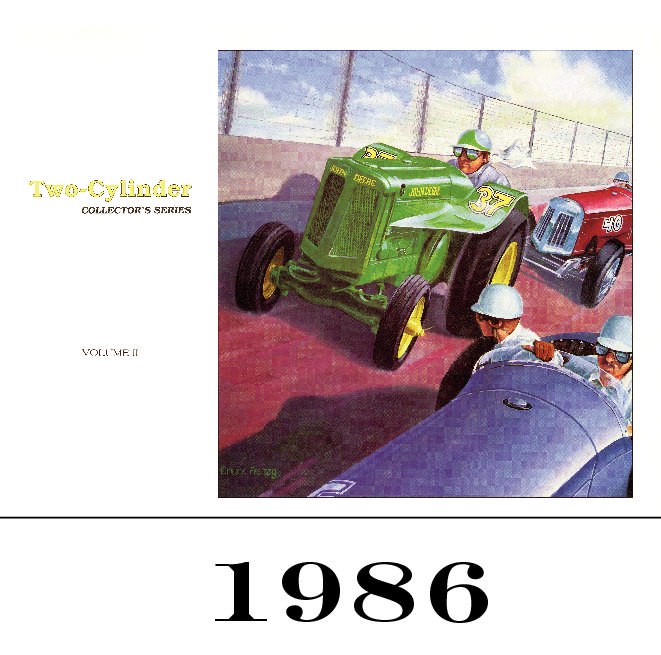
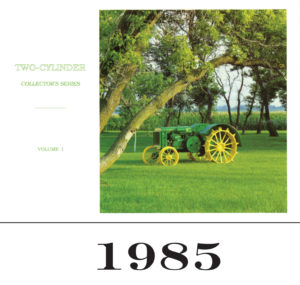
Reviews
There are no reviews yet.